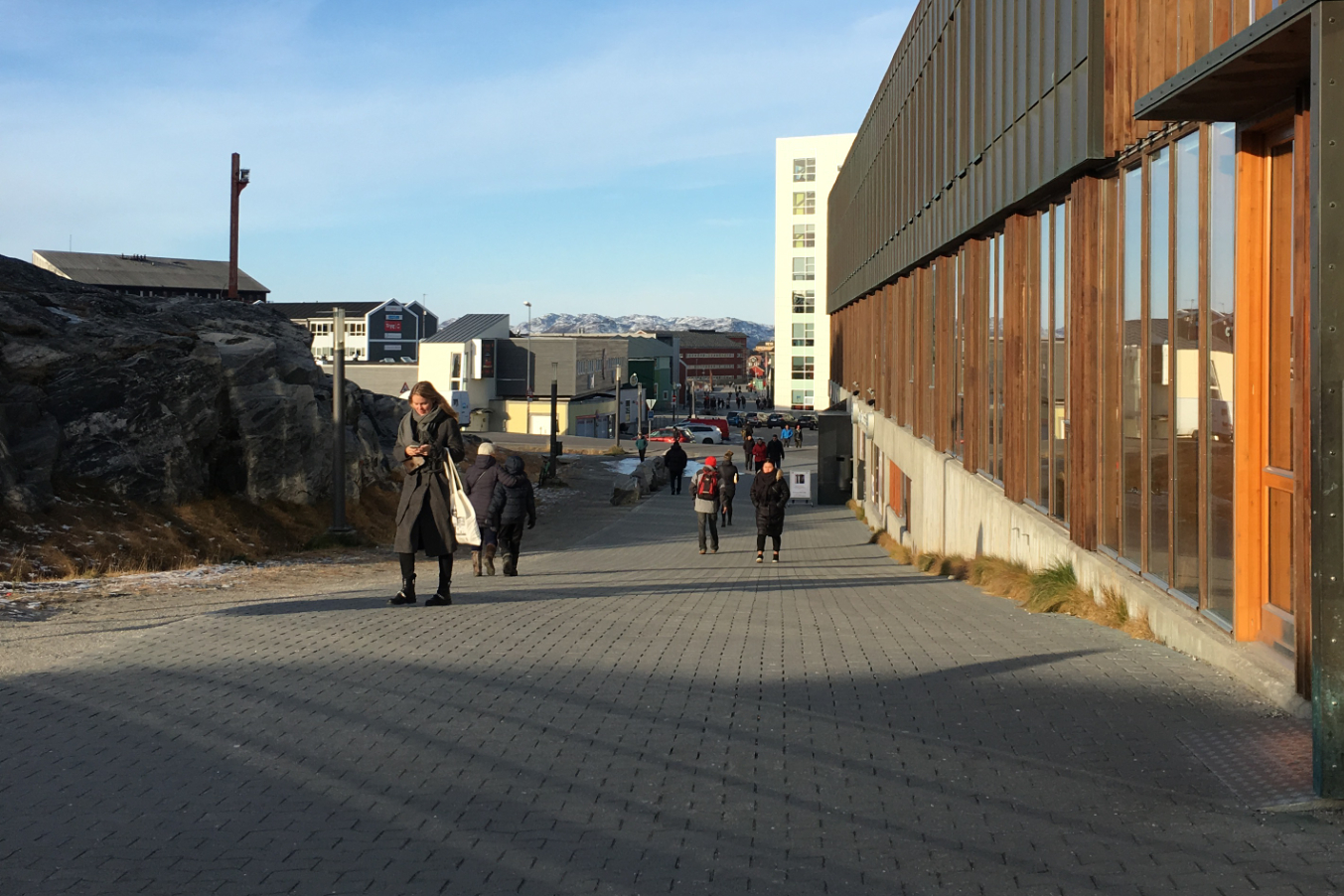Delta variant suspected in Greenland’s most recent COVID outbreak
The presence of the highly contagious strain isn't yet confirmed, but the rapid spread along air-travel corridors suggests it arrived from Denmark.

Greenland can expect fluctuating rates of new COVID-19 infections as it seeks to fight back an outbreak of the illness that public health authorities suspect has been caused by the virus’s Delta variant.
It is still too early to tell whether the 30 people in Greenland with an active case of COVID-19 have been infected with the Delta variant, but the speed with which the current outbreak has spread, and the fact that many cases can be traced back to flights from Denmark, where the variant is now the most common strain, meant it most likely was, according to Paneeraq Noahsen, a doctor with Nunatsinni Nakorsaaneqarfik, the office of the chief medical officer.
After a slight decline in the number of cases at the end of last week prompted a relaxation of a requirement that only those who had been vaccinated against COVID-19 would be permitted to use public transit or fly on Air Greenland flights, the number of active cases rebounded over the weekend as new cases were reported in Nuuk, the capital, and the town of Upernavik.
After the first case was reported in Upernavik on Friday, three more residents tested positive for COVID-19 on Saturday. The individuals had attended social events earlier this month, leading Kirsten L. Fencker, the health minister, to warn that the cases might be the first of a local outbreak.
[Greenland must learn to live with COVID, public health officials say]
Public health authorities have feared since the start of the pandemic that Greenland’s remote hamlets were at particular risk, should they be exposed to COVID-19, given their lack of health services. After it emerged that one of the individuals testing positive in Upernavik had visited a nearby hamlet in the days before testing positive, health authorities visited to conduct testing.
The results of the tests are not yet available, but six people who were reported to be showing symptoms of the illness were given antigen tests that came back negative.
Speaking to the press on Thursday, Noahsen said that even though the number of cases appeared to be declining, Greenland could not consider itself to be in the clear, in large part because public health authorities have been unable to determine the path of the most recent wave of infections.
“All the tests yesterday (Wednesday) were negative,” she said, but cautioned that there may be cases that have not yet been identified. “It’s positive that everyone tested negative, but we have to wait to test all of the people they have been in contact with.”
[Greenlanders abroad to be flown home ‘as soon as possible’ as UK coronavirus variant spreads]
At the same time as public health authorities are placing what the premier, Múte B. Egede, described as “a huge amount” of resources into tracking down cases, they also continue to call on the remaining 40 percent of people living in Greenland who have not yet received their first dose of vaccine to do so.
As of Sunday, just over 34,000 of Greenland’s 56,000 residents had received their first jab. Some 20,000 have received both. Egede expected that, within two weeks, anyone currently waiting for a vaccine would be able to get one.
A vaccination drive on Thursday saw hours-long waits, and ended up with several hundred people being turned away. However, during a similar event held on Sunday that had prepared for as many as 3,000 people, only 2,000 people showed up.
The largest remaining group of those yet to be vaccinated are those under 18.